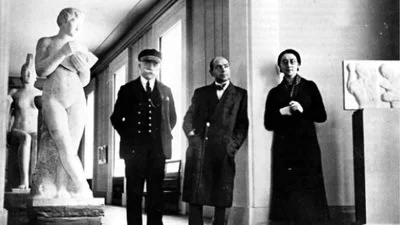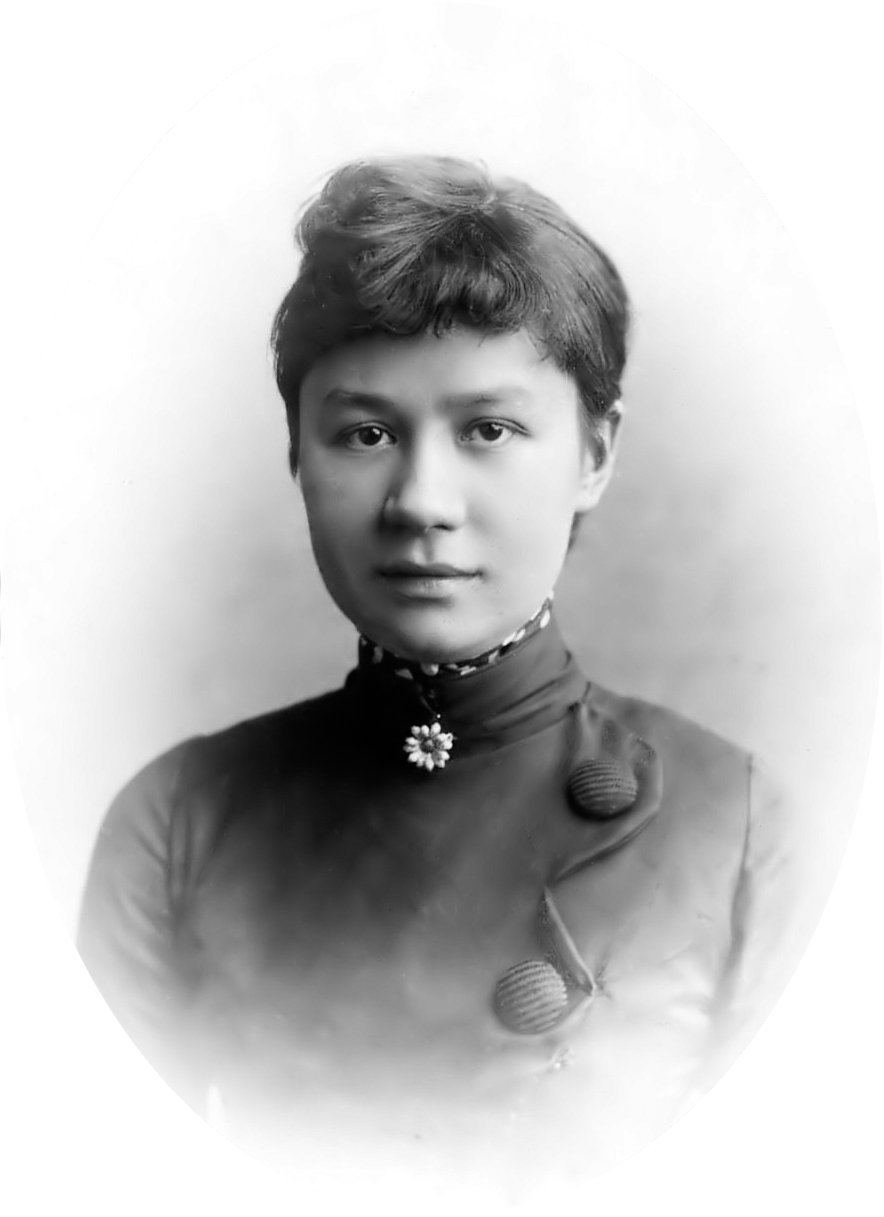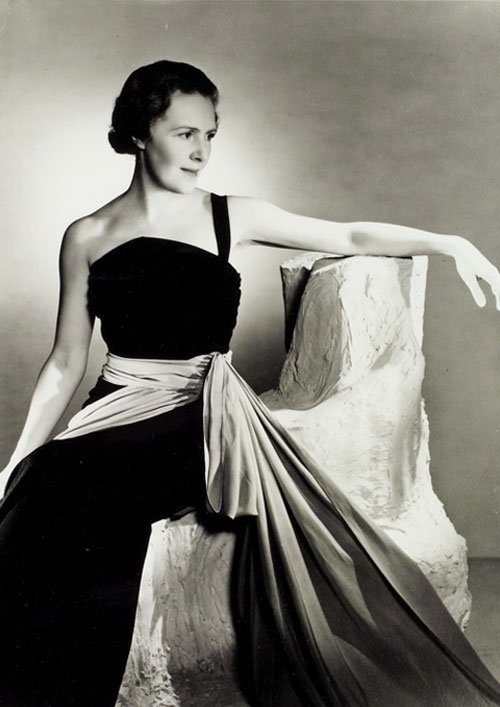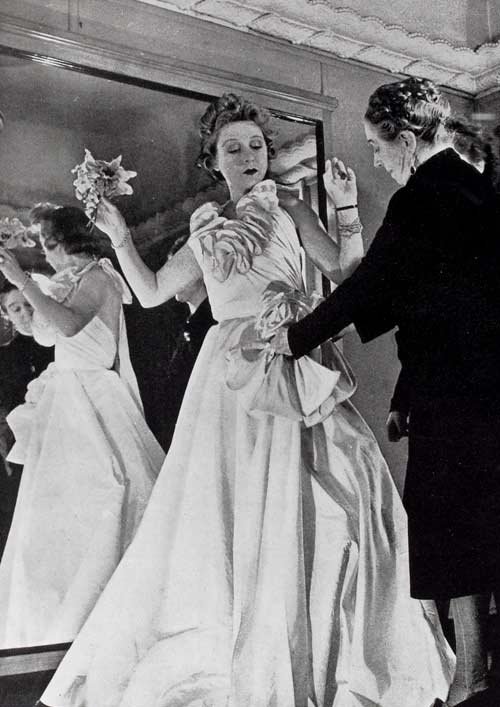Today on this International Women’s Day is the perfect time to share a few of my favorite women from our podcast, La Vie Creative - Paris History Avec a Hemingway.
The first episode of Paris History Avec a Hemingway premiered on May 20, 2020, and since then we have shared 146 stories of the women of Paris and some of which I have become very attached to. Our first episode featured Suzanne Valadon who is widely known as a model for Renoir but became a prolific artist herself. Her life story is one of ups and downs and twists and turns but fascinating that she sat in front of the great artists and became one herself as a woman.
I have adored their stories of commitment and creativity and their wish to forge their own path and not be satisfied with being a wife, mother, or nun which were the only roles available for hundreds of years.
Rose Valland my favorite woman in French history is mostly unknown to many including the French. The heroine devoted her entire life to art and the restitution that so many families were looking for. Rose was a very quiet child with a thirst for knowledge. Born in 1898 her mother had to apply for grants so she could attend university. In 1918 she began at the Ecole des Beaux-Arts in Lyon which would take her to Paris where she would attend the Beaux-Arts, Sorbonne, and École du Louvre.
Incredibly intelligent she was able to absorb everything she read and learned languages quickly. All of this would come in handy in 1939 as Hitler and his thirst for art were moving across Europe. Rose spent the war years at the Jeu de Paume, cataloging everything with her photographic memory, noting every single piece of art, whom it was taken from, and where it was going. Quiet, fluent in German, and rather plain looking they never saw her as a threat but she put her life in danger every single day.
After the war, the French government, the Minister of Culture, and the Monuments Men would use her and her notes to retrieve more than 60,000 works including paintings, objets d’art, and Jewish religious pieces. Without Rose, most of this art would have been lost or destroyed.
Another amazing woman is Johanna van Gogh Bonger, the wife of Theo and sister-in-law to Vincent. Theo’s death came just six months after his brother Vincent and Johanna were left with an apartment full of art, a young baby, and boxes of letters.
Many told her to toss out the paintings, as they weren’t worth anything, but she loved her husband and her brother-in-law and wanted to do all she could to carry on Theo’s passion and support for his brother’s art. Saving every single letter from Vincent, many including sketches of paintings, these letters were a glimpse into his thoughts.
Theo had told her how to continue on after he was gone and when Johanna found the boxes of the letters she knew what she needed to do. Over time she transcribed each letter and publish them slowly. In a time when women were not art dealers, she began to exhibit Vincent’s paintings and sell them one by one. She built a sought-after market for his works by slowly entering them into the art world. As each letter was released the story of Vincent's short life began to take shape. If it wasn’t for Johanna van Gogh Bonger we may never know Vincent, his life, or even have any of his art. She worked on it until her very last day and that original collection became the van Gogh museum in Amsterdam.
There are many designers that have shaped fashion in France. However, before there were Dior and Louis Vuitton there was Jeanne Lanvin. Lanvin was a designer that paved the way for all the others but few know her name.
Jeanne was born on January 1, 1867, in Paris at 35 Rue Mazarine. She was the oldest of eleven children to parents Bernard Lanvin and Sophie Blanche Deshayes. Her mother was a seamstress and taught Jeanne how to sew which came in very handy. At the age of 13, Jeanne got a job working at a hat shop. In just three years she served as an apprentice milliner and in 1889 at 22 years old she opened her own shop in Paris on the Rue Boissy d'Anglas.
Her hats were very popular with the Paris elite and she had a long waiting list for one, long before Chanel ever touched a hat. That same year she created her fashion house which would become the oldest fashion house in the world, still to this day.
From hats, she moved on to designing clothes for her daughter Marie Blanche creating custom dresses complete with lavish fabrics and embellishments for the “little girls about town”. So many women begged her for the same designs that she pivoted her business and renamed it Lanvin Modes and began producing dresses for women as well for little ladies.
In 1909, she expanded the store again taking up more of the block that included the young lady and women's department. In 1918, after a weekend at the coast and a vacation in the mountains, she saw a need for sportswear, long before ol Coco. Lanvin designed swimsuits, beach and tennis wear, and everything you need for a weekend of skiing. Jeanne also created an entire men’s department, creating suits and casual fashion and becoming the first designer to dress the entire family.
In 1924, she created her own fragrance, My Sin. Only designer Paul Poiret had done this before her, again long before you know who.
Jeanne Lanvin’s name is one that is not as well known as so many other designers and she was fine with that. Karl Lagerfeld later criticized her for her low-key persona and Coco looked at her as one of her greatest rivals. Today everyone thinks it was Coco that pioneered perfume, sportswear, hats, and the color black, but just like everything else that many people know about Chanel, it is completely wrong. It is Jeanne Lanvin whom we owe so much.
To know more about the true story of who Coco Chanel really is, listen to this episode. The woman who so many around the world admire was a horrible human being. A woman that turned in her Jewish employees to the Nazis. “Shopped” from Jewish homes and funded anti-Semitic pamphlets years before WWII and that is just the start of it.
I can go on about these wonderful women and each one we have covered for days but the last one I will share today that you should know more about is Rosa Bonheur.
Rosa Bonheur was born on March 16, 1822, in Bordeaux into a large family of artists. Her mother Sophie Marquis married Raymond Bonheur who was also her drawing teacher who painted landscapes of Bordeaux and instilled a love of art in all his children.
As a child when Rosa was struggling at school her mother used her love of drawing to her advantage. Asking Rosa to draw an animal for each of the letters of the alphabet was just the trick she needed. Her mother died when she was young and her school life suffered. Expelled twice her father finally took her out of school and focused on teaching her how to paint.
Raymond specialized in Realism and to help Rosa he had their Paris home filled with animals. From squirrels and rabbits to ducks and sheep the young artist had all she needed to begin her life as a painter of animals. Once she needed more subjects she would visit farms in Levalois-Perret and the Bois de Boulogne. Rosa was lucky to have an artist as a father as few women were able to find teachers at the time. Spending her days in the Musée du Louvre as a copyist always being pulled to the master’s paintings of animals. At 19 years she was already showing her pieces at the Paris Salon and selling her paintings to avid collectors.
Wanting to expand her repertoire Rosa went places few women were allowed. A frequent visitor at the slaughterhouses of Paris and the Ecole Nationale Veterinaire with her sketchbook and canvases in hand. Traipsing through the mud wasn’t easy for a woman in a dress, Like George Sand who came before her, dressing in pants was much easier and allowed her to mix with the male-dominated world.
Everything would change for her in 1855 when she painted the large tableau The Horse Fair. The 8 x 16-foot painting depicted a scene from the Paris horse market on the Boulevard de l'hôpital. Art dealer Ernest Gambart fell in love with it and purchased the painting along with the rights of reproduction and also took Rosa on as his client. The painting was sent to the UK and garnered the attention of Queen Victoria, which also came with an invitation from the queen.
After the success of the Horse Fair, the French government commissioned her to paint another large painting. The Ploughing in the Nivernais of two teams of oxen pulling plows was painted in 1849. It’s a magnificent painting and lucky for us hangs in the Musée d’Orsay.
As a female painter in the 19th century, she was able to do something few other women did. She became an international star. The copies of the Horse Fair were selling all over England and the United States and Empress Eugenie was also an avid fan. In 1865 Eugenie urged her husband Napoleon III for quite some time to award Rosa the Legion of Honor for her work and for spreading French art around the world. He finally gave in with the stipulation that he would have nothing to do with it and it would be given without a formal ceremony. On June 10, 1865, Eugenie traveled to the Chateau de By and presented Rosa with the highest award a civilian could get.
This past fall the Musée d’Orsay held an amazing exhibit to mark the 200th anniversary of her birth and showed just how important she still is in French history.
Listen to all of the stories of the wonderful lives of each of these women and so many more. Know of one that we haven’t covered yet, let me know and we would love to add her to our list.








